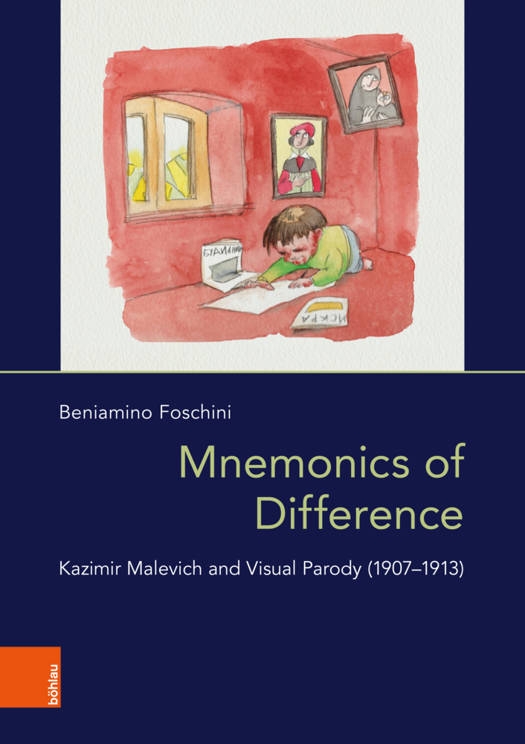
- Afhalen na 1 uur in een winkel met voorraad
- Gratis thuislevering in België vanaf € 30
- Ruim aanbod met 7 miljoen producten
- Afhalen na 1 uur in een winkel met voorraad
- Gratis thuislevering in België vanaf € 30
- Ruim aanbod met 7 miljoen producten
Zoeken
€ 64,45
+ 128 punten
Omschrijving
Since about the middle of the nineteenth century, a specter has haunted the European mass media entertainment market: the caricature of art, or visual parody. Originating in the pages of satirical magazines, it was initially intended to provoke laughter among the readers, but it quickly evolved into a new form of pictorial criticism by artists toward or against other artists.The thesis of this book is that in the cultural context of late imperial Russia, visual parody moved from the periphery of vernacular culture to the center of artistic practice. The impatient Kazimir Malevich, in particular, found in it an ideal device for challenging the artistic authority of the historical and contemporary canon.So is this book an art historical uchronia? Does the focus on visual parody offer a supplementary or rather an alternative vision of Malevich's early work up to Victory over the Sun?Through the intense interpictorial and transdisciplinary analysis of the case studies, the raising of the centrality of the artist's theatrical experience in general and the reception of Symbolism in particular, and the recourse to early Soviet parody scholars (Tynianov, Freidenberg, Bakhtin), this book leads the reader into a place where opposition and resemblance coexist in the attempt to subvert aesthetic conventions.
Specificaties
Betrokkenen
- Auteur(s):
- Uitgeverij:
Inhoud
- Taal:
- Duits
- Reeks:
- Reeksnummer:
- nr. 20
Eigenschappen
- Productcode (EAN):
- 9783412532437
- Verschijningsdatum:
- 16/06/2025
- Uitvoering:
- Hardcover

Alleen bij Standaard Boekhandel
+ 128 punten op je klantenkaart van Standaard Boekhandel
Beoordelingen
We publiceren alleen reviews die voldoen aan de voorwaarden voor reviews. Bekijk onze voorwaarden voor reviews.











